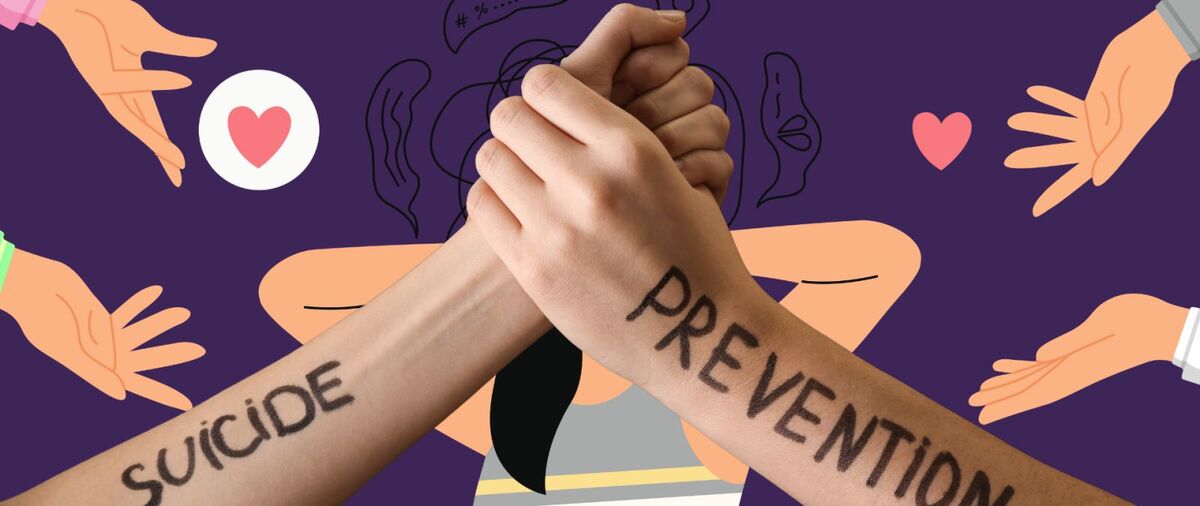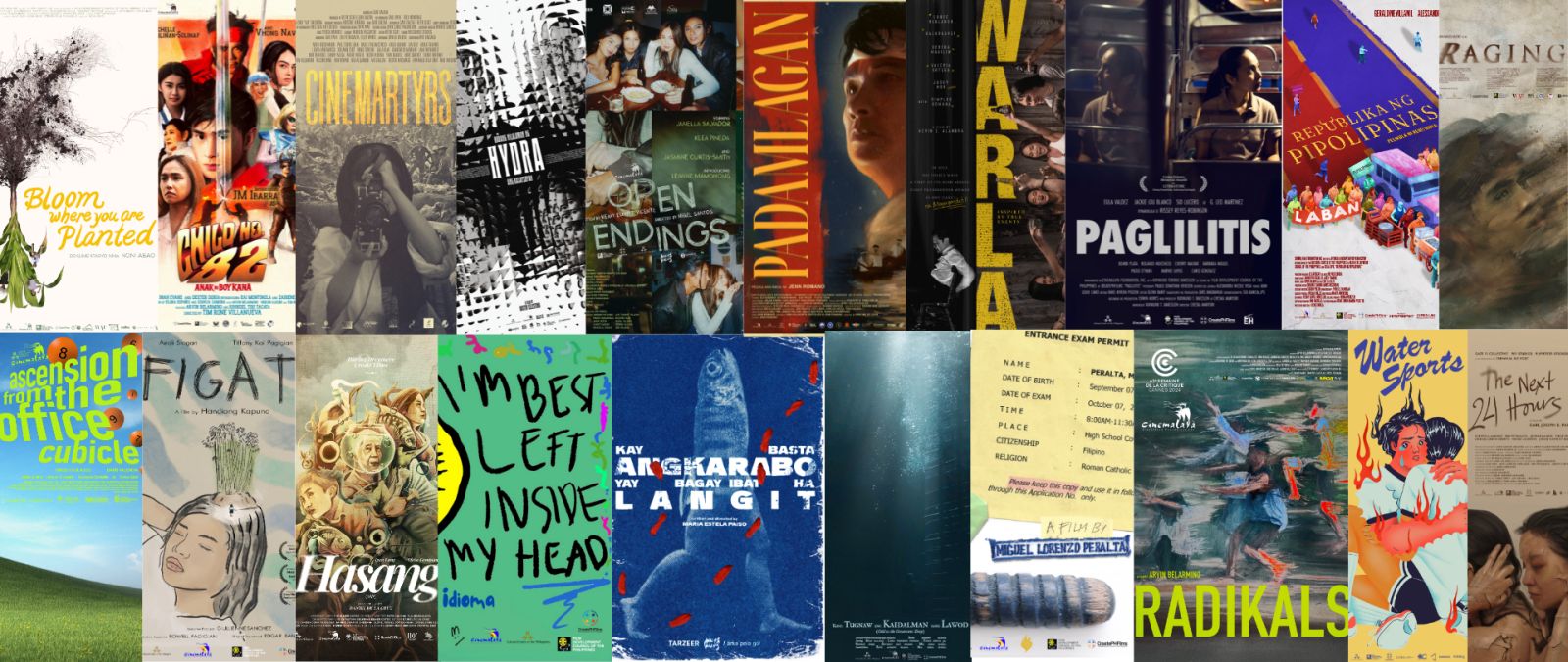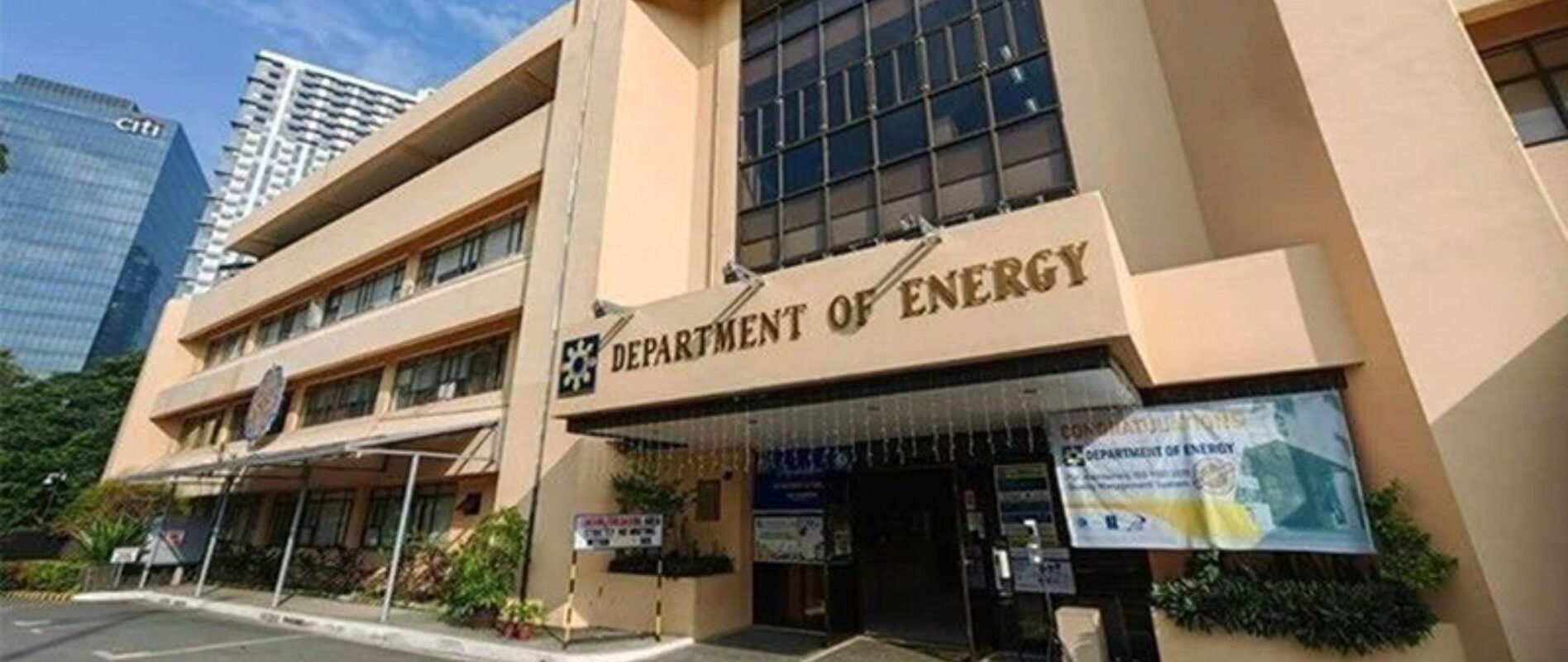TOSS OUT THAT “JUST KEEP SWIMMING” MENTALITY—THE PHILIPPINES IS SINKING AND HERE’S HOW WE CAN PREVENT IT
In case you still need a reality check, we have less than 30 years to make a change in the way we treat the environment, or else we have no one but ourselves to blame when the water catches us.
We all know that the Philippines is prone to flooding, especially with such strong storms coming in every few months, taking in the water from the oceans surrounding our islands. For all of us who grew up in the country, bringing extra rubber slippers to work and school, sitting through long hours of commute rides, and feeling horrified at the flooding scenes broadcasted on the news, are just regular occurrences that we all go through come rainy season. But things are about to get a lot worse as we’re on borrowed time counting down until 2050, where major cities in NCR, and other parts of the Philippines, are expected to be submerged underwater due to constant sea level rise.
Graphic designer NIKKA C.G. made this important point in an Instagram post, with a spread detailing the urgency of the matter. The post went viral on the platform, rousing the attention and concern of young Filipinos online as the post presented some pretty alarming facts and predictions.
She stated, “Philippines is one of the most threatened by rising sea levels. Sea levels around the world rise an average of 3.1 centimeters every ten years. While in the Philippines, [it] is projected to rise between 7.6 and 10.2 centimeters.”
Majority of the residents living in poor coastal communities, or areas that are close to the sea, make up 65 million of the estimated Philippine population of 105 million. These are families that live in houses made up of scraps of wood, galvanized iron sheets, and other excess materials from construction units. To put it simply, these houses stand no chance against the threat of sudden tsunamis, or perhaps even the gradual rise of seawater everyday — and they are the ones living in the front lines of this problem as the first to be affected. Hence, this isn’t only an issue of climate change, but it also brings to light the lack of resources for families in the poverty line to combat this impending natural disaster.
Of course, all our national issues are inter-connected in one way or another, and the best way to solve this one big problem is to resolve other relating issues as well. This includes pollution due to poor sanitation protocols and low plastic production regulations, deforestation for the sake of “development” and “modernization,” and the lack of proper leadership focused on finding and executing solutions.
The first step to combat this, then, is to demand accountability and responsibility from leaders that are contributing to the issue: major brands that refuse to implement more sustainable operations, real estate corporations that continue to tear down forests for their own capitalist gain, and government officials tasked to manage this whole ordeal.
Nikka C.G. also shared actionable tasks to follow in order to prevent the Philippines from being another underwater country. She enumerated the following things for the government: Prioritize out country’s sea levels, Relocate the sinking capital, Propose a long-term Climate Action Plan, and Be transparent with their programs and expenses on the Climate Change Commission.
For us, as citizens and the youth that will no doubt inherit this problem, she suggests the following: Research and share information about sea levels in the Philippines, Reduce your own carbon footprint, Donate to deforestation and environmental organizations, and Push for a Climate Action Plan.
If all these can be accomplished in the next 20 years or so, we might just be able to survive. But in order to do this, we must take immediate and drastic changes in the way we consume goods, choose the corporations we support, and demand from our local leaders.
For starters, here’s a list of organizations you can support and donate to:
- One Tree Planted — focuses on replanting trees in countries heavily impacted by deforestation
- Forest Foundation Philippines — organizes programs, grants, and scholarships supporting other programs focused on protecting Philippine forests
- Agriculture.ph — shares the latest news concerning the local agriculture sector
- Break Free from Plastic — global organization with local offices across the world committed to create plastic-free world
- WWF Philippines — gathers funds and support for families affected by floods, lack of energy and water sources, and everyday food














